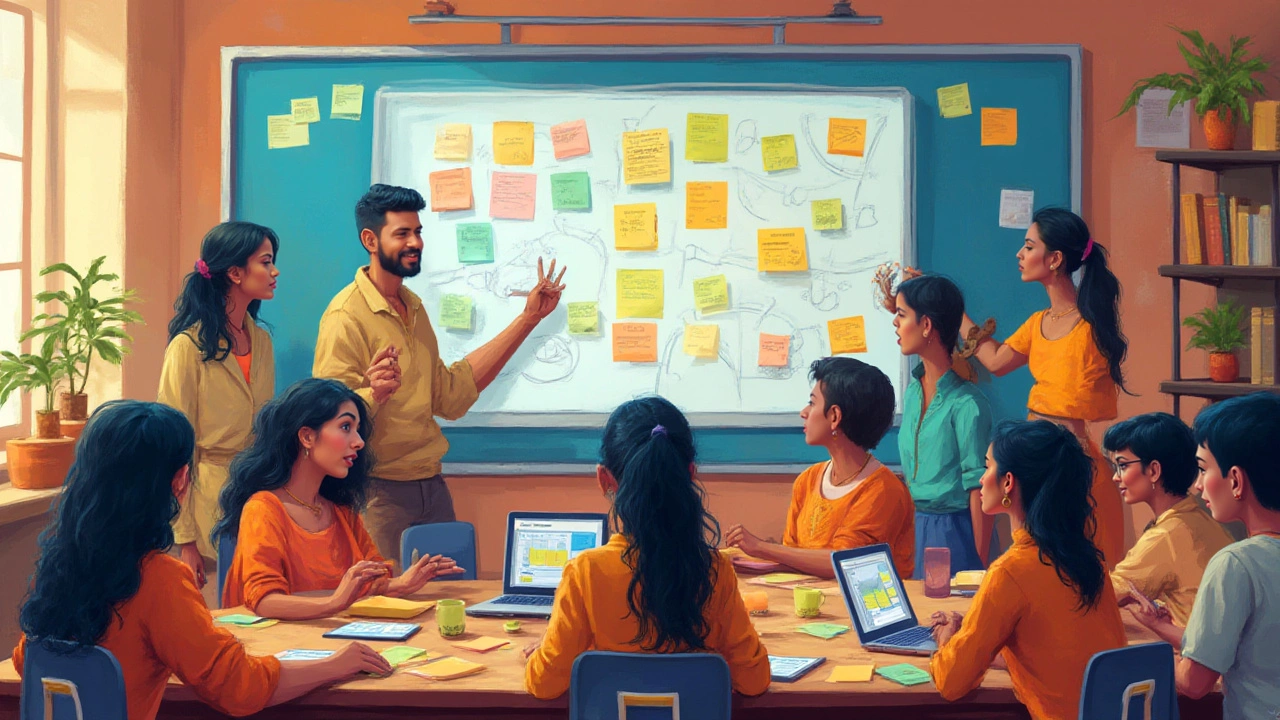eLearning – How to Learn Anywhere, Anytime
eLearning means studying through the internet instead of a classroom. It lets you pick a course, watch a video, or take a quiz from your phone or laptop. No need to travel, no strict schedule – you learn when it fits your day. Today, most schools, colleges, and companies use eLearning because it saves time and money.
Why eLearning Is Growing Fast
First, flexibility is a huge draw. You can study early in the morning, during a lunch break, or late at night. Second, the internet gives you access to the best teachers and materials from anywhere in the world. Third, employers love it because online courses often include real‑world projects that teach practical skills. The pandemic pushed many institutions online, and now students and workers keep using those tools.
Key Tools and Standards You Should Know
Most eLearning platforms work on a Learning Management System (LMS) like Moodle, Canvas, or TalentLMS. These LMSs used to rely on SCORM, a set of rules for sharing content. Today, xAPI (also called Tin Can) is taking over because it tracks learning across apps and devices. Knowing whether a course follows xAPI or SCORM helps you understand how your progress is measured.
When you pick a tool, look for features such as offline access, mobile‑friendly layouts, and built‑in quizzes. Popular sites like Coursera, Udemy, and Khan Academy follow these standards, so they work on most devices and report your scores accurately.
Choosing the right course starts with a clear goal. Do you want a new job skill, a language boost, or a hobby upgrade? Check the course syllabus, read a few reviews, and see if the instructor offers a free trial. Short introductory videos can give you a feel for the teaching style before you commit.
Staying motivated is often the toughest part. Set a realistic study schedule – for example, 30 minutes a day at the same time. Use a simple tracker or a habit app to mark completed lessons. Celebrate small wins, like finishing a module or passing a quiz, to keep the momentum going.
There are plenty of free resources if you’re on a budget. Websites like edX, FutureLearn, and NPTEL offer university‑level courses for free, while YouTube channels such as CrashCourse and EnglishAddict give bite‑size lessons. Combine these with free tools like Google Docs for note‑taking and Anki for flashcards, and you have a solid learning kit without spending a dime.
Looking ahead, eLearning will keep evolving. Artificial intelligence is already personalizing lessons based on your strengths and weak spots. Virtual reality labs let you practice lab experiments or soft‑skill scenarios in a safe digital space. Keeping an eye on these trends can give you an edge and make learning more engaging.
Quick checklist to start your eLearning journey:
- Define a clear learning goal.
- Pick a platform that follows xAPI or SCORM.
- Schedule a consistent study time.
- Use free resources to supplement paid courses.
- Track progress and celebrate milestones.
Follow these steps, and you’ll turn any device into a classroom. Happy learning!
Sep
27

- by Dhruv Ainsley
- 0 Comments
Is Zoom an eLearning Platform? Pros, Cons & Comparison
Explore whether Zoom qualifies as an eLearning platform, compare its features with dedicated LMSs, and discover real‑world classroom use cases.
Jul
4

- by Dhruv Ainsley
- 0 Comments
3 Essential P's of eLearning: Principles for Online Course Success
Curious about the three P's of eLearning? Find out how Planning, Preparation, and Participation create smoother online courses and smarter digital learning.
Jan
3

- by Dhruv Ainsley
- 0 Comments
eLearning vs Classroom Learning: Understanding the Key Differences
This article explores the differences between eLearning and classroom learning, highlighting the strengths and challenges of each method. From flexibility and accessibility to the social aspects of traditional classes, discover how each learning style impacts students' experiences. Learn about the technology that drives eLearning and the traditional techniques that remain invaluable. The article provides insights into which learning environment might suit different learners based on their needs and preferences.